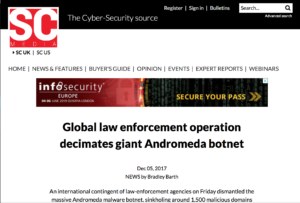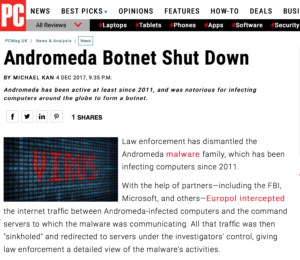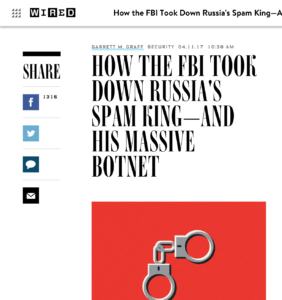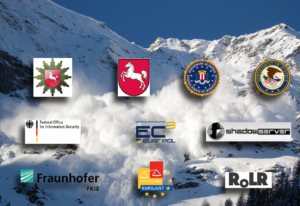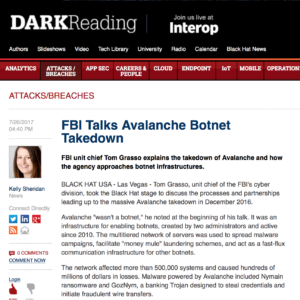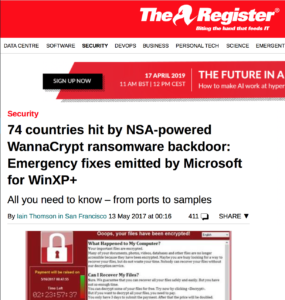Bleeping Computer, April 12, 2017
The Kelihos botnet is no more. Or at least that’s what authorities hope happens, after attempting to bring it down three times in the past, but to no avail. This time around, the takedown attempt has more chances of succeeding because authorities arrested Kelihos’ main maintainer, a Russian national known as Pyotr Levashov, or Peter Severa. This time around, US authorities, with help from the Shadowserver Foundation and CrowdStrike, hope this fourth takedown attempt works better.


